Controversial timeline and policy
According to the Government 's direction, Ho Chi Minh City must achieve at least 30% of public transport vehicles using electricity or green energy by 2025, and 100% by 2030. However, many delegates are concerned about the feasibility of this roadmap.
Ms. Ung Thi Xuan Huong - President of the Ho Chi Minh City Lawyers Association said that the draft Resolution of the People's Council setting the 2030 milestone is too short compared to the Government's roadmap to 2050. She suggested extending the time to 2040 to ensure feasibility and said that "only 5 years, need to explain specifically the assessment of the impact on businesses".
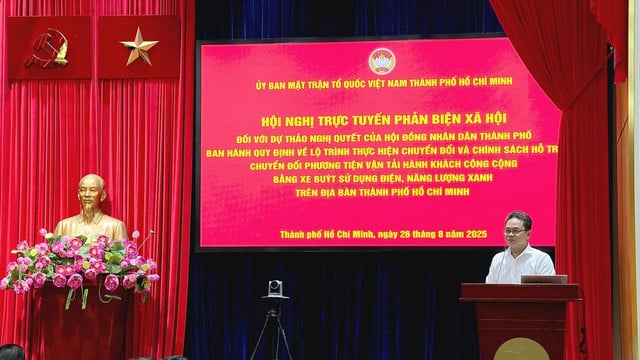
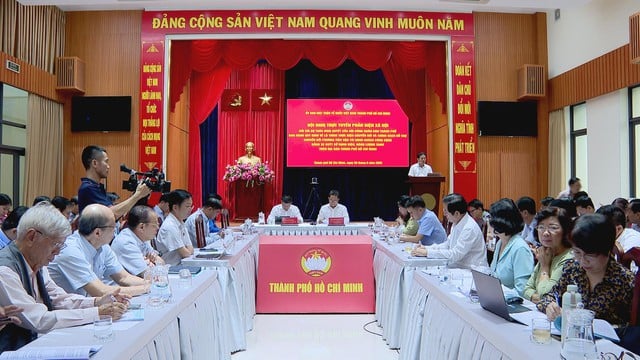
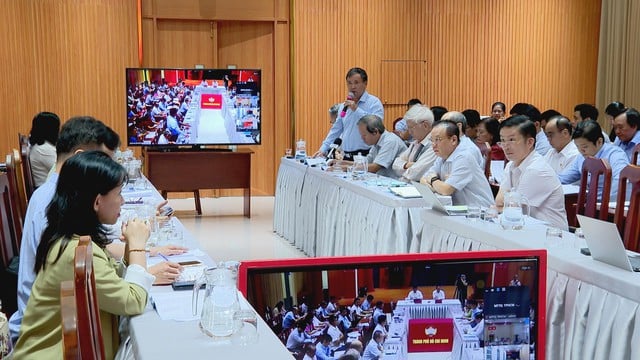
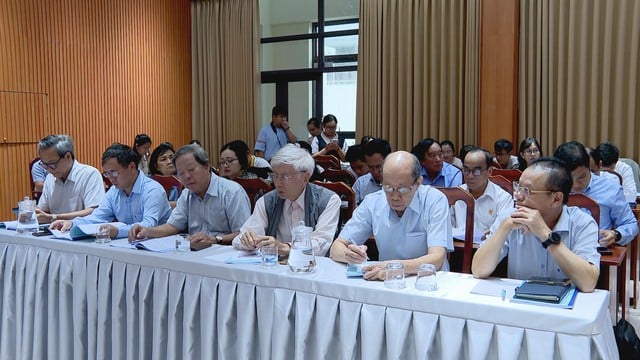
Images at the social criticism conference organized by the Vietnam Fatherland Front Committee of Ho Chi Minh City
In addition, support policies such as loan interest rates, loan capital and charging station construction are also assessed as "not attractive enough to attract investors", more incentives are needed to reduce financial burden.
Lack of strategy and infrastructure
Lawyer Nguyen Van Hau - Vice Chairman of the Ho Chi Minh City Bar Association pointed out the limitations of the proposed model. According to him, this model is still risky, has not consulted successful models in the world and "limits access to capital for small cooperatives". The current policy risks "monopoly and eliminating competition".
Another issue is the cost of battery replacement that has not been mentioned. Mr. Hau suggested that Ho Chi Minh City could learn from the battery rental model from Shenzhen (China) to reduce financial pressure on businesses.
Regarding infrastructure, the draft only mentions 1 charging station for 19 electric buses, and these charging stations cannot be shared, leading to the risk of “fragmented, disconnected charging stations”. This could cause Ho Chi Minh City to face a situation of “excess and shortage of mixed charging stations”, eliminating the optimization of the network. He emphasized that this is “a shortcoming in the green transformation strategy, revealing limitations in the vision of sustainable development and circular economy”.
Current status of buses and benefits of green buses
According to current figures, Ho Chi Minh City has about 2,350 buses operating on 164 routes. Of these, diesel buses account for more than 50%, CNG buses about 23% and electric buses account for 26%. It is expected that by 2025, diesel or CNG buses over 15 years old will be replaced by electric buses.
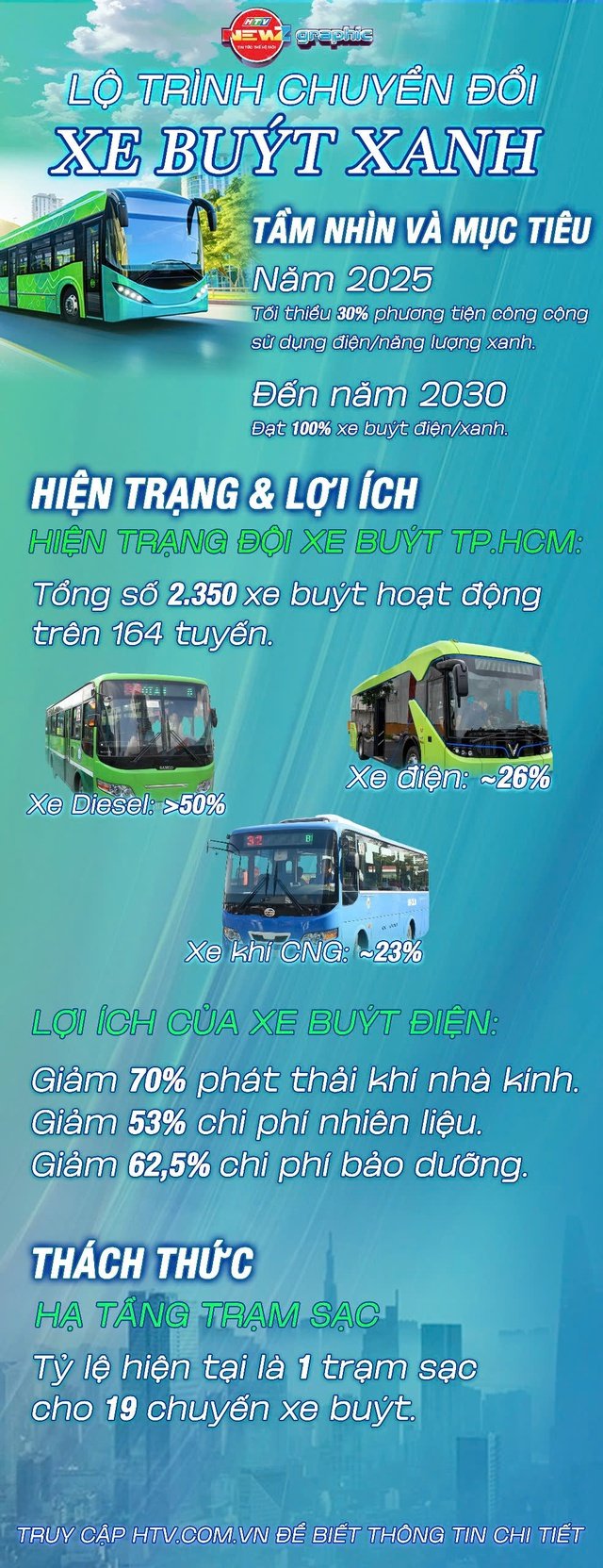
Research shows that electric buses help reduce greenhouse gas emissions by 70% compared to diesel vehicles. In addition, operating and maintenance costs are also significantly reduced, saving 53% on fuel costs and 62.5% on maintenance costs. Despite the many benefits, for the green bus transition to be successful, Ho Chi Minh City needs more comprehensive policy and infrastructure solutions.
>>> Please watch HTV News at 8:00 p.m. and 24G World Program at 8:30 p.m. every day on HTV9 channel.
Source: https://htv.com.vn/tphcm-hop-ban-lo-trinh-chuyen-doi-xe-bust-xanh-nhieu-lo-ngai-ve-chinh-sach-va-tinh-kha-thi-222250827114536676.htm



![[Photo] General Secretary To Lam attends the opening ceremony of the National Achievements Exhibition](https://vphoto.vietnam.vn/thumb/1200x675/vietnam/resource/IMAGE/2025/8/28/d371751d37634474bb3d91c6f701be7f)

![[Photo] Politburo works with the Standing Committee of Cao Bang Provincial Party Committee and Hue City Party Committee](https://vphoto.vietnam.vn/thumb/1200x675/vietnam/resource/IMAGE/2025/8/28/fee8a847b1ff45188749eb0299c512b2)
![[Photo] Red flag with yellow star flutters in France on National Day September 2](https://vphoto.vietnam.vn/thumb/1200x675/vietnam/resource/IMAGE/2025/8/28/f6fc12215220488bb859230b86b9cc12)
![[Photo] National Assembly Chairman Tran Thanh Man holds talks with New Zealand Parliament Chairman](https://vphoto.vietnam.vn/thumb/1200x675/vietnam/resource/IMAGE/2025/8/28/c90fcbe09a1d4a028b7623ae366b741d)
![[Photo] General Secretary To Lam presents the 45-year Party membership badge to comrade Phan Dinh Trac](https://vphoto.vietnam.vn/thumb/1200x675/vietnam/resource/IMAGE/2025/8/28/e2f08c400e504e38ac694bc6142ac331)
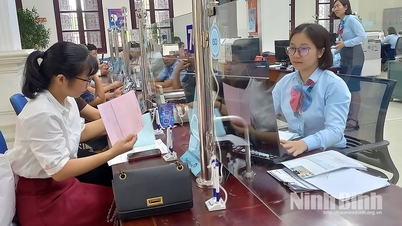

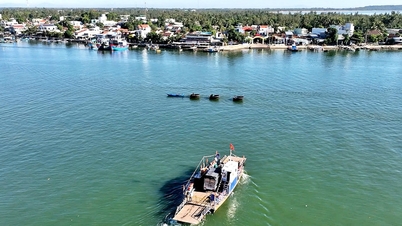


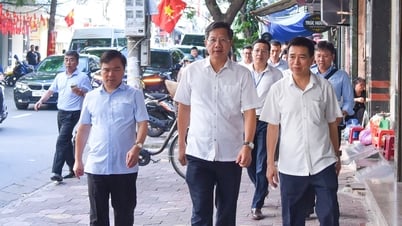










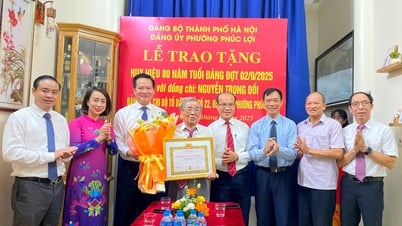
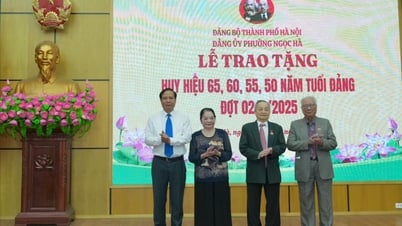
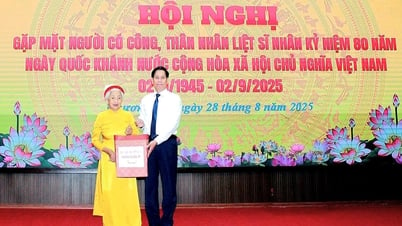
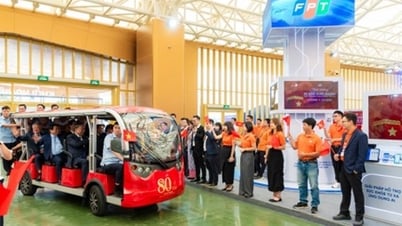
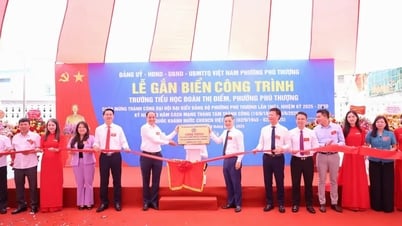




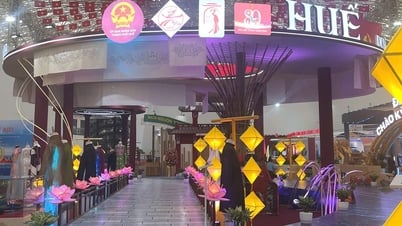















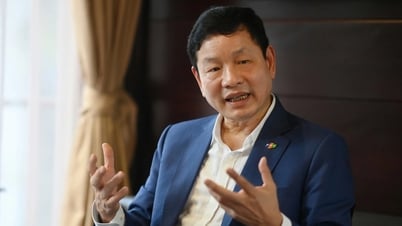



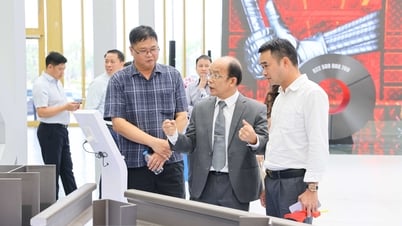
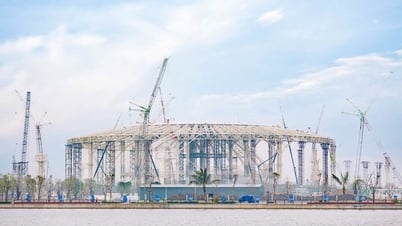

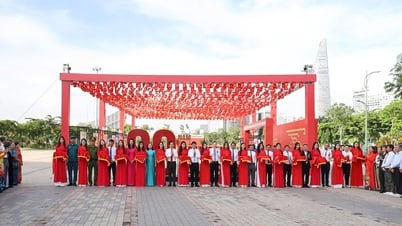








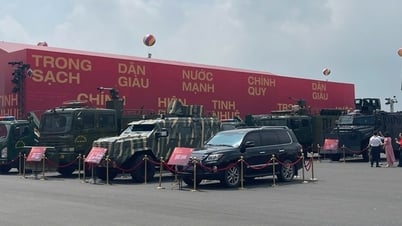



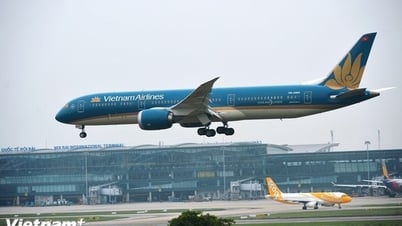










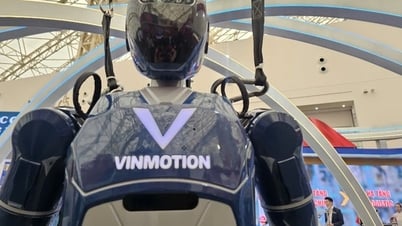



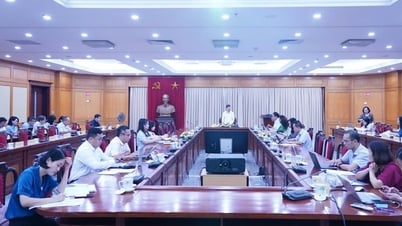











Comment (0)